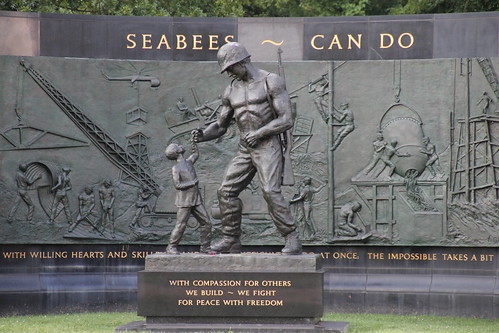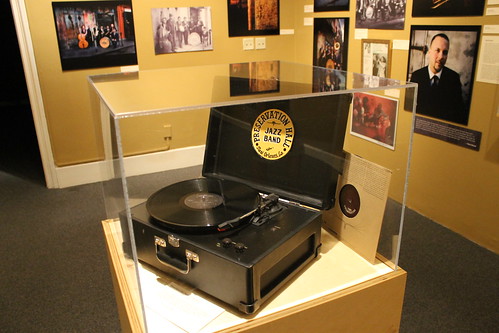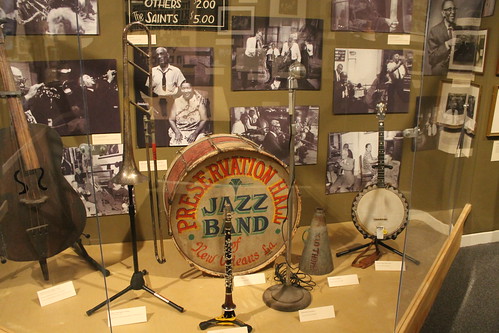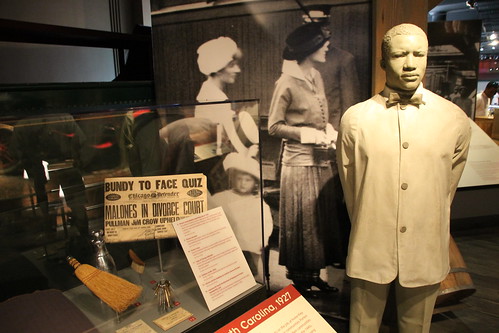For my sixth entry African Americans on Old Time Radio, I am showcasing a program that originated from the War Department during World War II. It is a program that had crossed my field if vision from time to time, but I never really trying to learn more about it until this series. But once I did....how to put it...wow! Actually, that would be WOW! This great series came from the Armed Forces Radio Services of the War Department to provide entertainment for African American troops during the war.
This year to celebrate National African American History Month in February, I am going highlight a new series on my blog. This year, I will feature African Americans during the Golden Age of Radio - or Old Time Radio - during the 1930s through the 1950s. I wanted to start this blog last year, but alas...better late than never. I hope to have a great assortment of programs that showcase the great contributions of African Americans in mainstream radio when Jim Crow laws, segregation and discrimination were regular obstacles facing artists of color.
National Seabee Memorial at Arlington National Cemetery (Arlington, Virginia) - August 1, 2015
Jubilee is a tremendous series that was produced by the Armed Forces Radio Services (AFRS) to entertain African American troops serving in the military, especially overseas. Fans of Old Time Radio owe a great deal to the AFRS. Many of the recordings that we can listen to and share are from transcription albums purchased by the AFRS for entertaining the troops. In the process, these all became government documents, which essentially, can be shared freely to everyone. In addition to the series that they selected from the major networks, there were a few series that they produced and recorded. One was called Command Performance (which I featured here to celebrate Bing Crosby's Christmas shows) and was a variety show featuring the leading radio and entertainment stars of the day. The other is Jubilee, that we are showcasing today. It ran from 1942 to 1949, and again from 1952 to 1953 during the Korean War. Many of the early episodes were hosted by Ernest “Bubbles” Whitman and were mostly recorded before a live audience in Hollywood. Whitman loved saying words backwards, which is why the history below is called Eelibuj. Most of the guests on each show were African Americans and included Lena Horne, Louis Armstrong, Duke Ellington, among others.
For the Valentine's Day episode in 1944, Jubilee featured an amazing program (and one of a few I am hoping to showcase over the next few weeks). The cast (in addition to Whitman) is simply amazing. Cab Calloway and his Orchestra play the great song "We, The Cats, Shall Hep You." Nat King Cole performs as a trio with Oscar Moore and Johnny Miller. George Burns and Gracie Allen did a skit at the end of the half hour program. And one other group performed, and they are tied to the picture above. A group called the Four Seabees performed. The Seabees are members of the United States Naval Construction Forces (NCF). Their name comes from the initials of "Construction Battalion" - CB (or See Bee). The four Seabees turned musicians were: Seaman First Class Ernie Henderson, Percy Heal, Paul C. Richards, and Will Dakota. Their motto "Can Do!" definitely applies to this group and comes into play during the show. This amazing program features some outstanding musicians and actors and does a fantastic job of preserving these wonderful performances.
I hope you enjoy these episodes.
Here are some links to programs relating to Old Time Radio and Jubilee:
- Jubilee on Old Time Radio Researchers Group Library
- Jubilee on Internet Archive
- Jubilee on RadioGOLDINdex
- Jubilee on Jerry Haendiges Vintage Radio Logs
- Jubilee on the Wikipedia
- Jubilee on the American Music Research Center (University of Colorado)
- Eelibuj - The Jubilee Story (from the American Music Research Center (University of Colorado)
- American RadioWorks - Radio Fights Jim Crow by Stephen Smith (2001)
- Greg Bell's Old time radio channel (#148)
- All Corey's Old Time Radio blog entries
- Corey's Baseball Entries
- Corey's Christmas Entries
- Corey's Food Entries
- Corey's Lighthouse Entries
- Visit your public library to learn more!
African Americans on Old Time Radio:
- All African Americans on Old Time Radio Episodes
- Langston Hughes is the Shakespeare Of Harlem on Destination Freedom (1948)
- Eddie Anderson's First Appearance on the Jack Benny Program (1937)
- Lillian Randolph on The Great Gildersleeve (1945)
- New World A Coming on Life Behind Newspaper Headlines (1944)
- Singer Meredith Howard on Pete Kelly's Blues (1951)
- AFRS Jubilee on Valentine's Day with Cab Calloway (1944)




